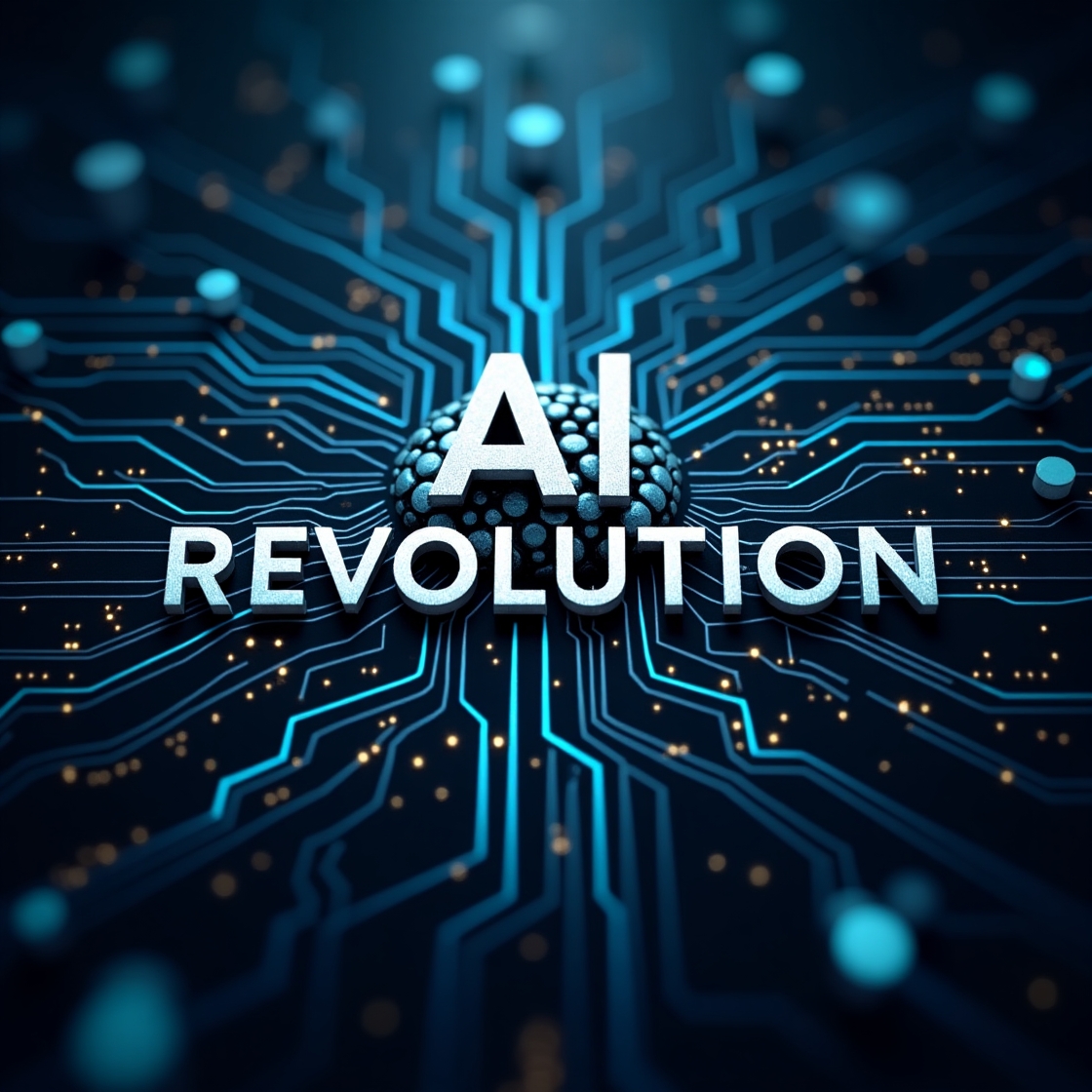Different Tools of Artificial Intelligence and Their Uses
Different Tools of Artificial Intelligence and Their Uses
By -SSA smart study academy
Introduction
Artificial Intelligence (AI) is shaping the future of technology by enabling machines to perform tasks that typically require human intelligence. From understanding language to recognizing images and making decisions, AI is now a part of everyday life. This article highlights some of the key tools used in AI development and how they are applied in various industries.
1. Machine Learning Frameworks
Popular Tools: TensorFlow, PyTorch, Scikit-learn
Purpose: These frameworks are essential for building machine learning models that can learn from data.
Applications:
- Predicting customer behavior in marketing
- Diagnosing diseases in healthcare
- Recommending products in e-commerce
2. Natural Language Processing (NLP) Tools
Popular Tools: SpaCy, NLTK, GPT-based models, BERT
Purpose: NLP tools help computers understand, interpret, and generate human language.
Applications:
- Chatbots and virtual assistants
- Text summarization and translation
- Sentiment analysis in social media
3. Computer Vision Tools
Popular Tools: OpenCV, YOLO, Detectron2
Purpose: These tools allow computers to interpret images and videos.
Applications:
- Facial recognition in security systems
- Quality inspection in manufacturing
- Medical image analysis
4. Robotic Process Automation (RPA)
Popular Tools: UiPath, Blue Prism, Automation Anywhere
Purpose: RPA tools are used to automate repetitive, rule-based tasks.
Applications:
- Invoice processing in finance
- Data entry and form filling
- Customer support automation
5. AI-Powered Analytics Tools
Popular Tools: IBM Watson, Power BI with AI, Tableau
Purpose: These tools combine data analytics with AI to uncover patterns and insights.
Applications:
- Business forecasting
- Market trend analysis
- Decision-making support
6. Speech Recognition and Voice Synthesis
Popular Tools: Google Speech-to-Text, Amazon Polly, Whisper
Purpose: These tools convert spoken words into text and generate human-like speech.
Applications:
- Voice-activated assistants like Alexa or Siri
- Automated subtitles and transcriptions
- Accessibility tools for people with disabilities
7. AI Model Deployment Platforms
Popular Tools: Google Cloud AI, AWS SageMaker, Azure AI
Purpose: These platforms provide the infrastructure to deploy and manage AI models in real-world applications.
Applications:
- Running AI models in mobile apps
- Automating business processes
- Real-time predictions in online services
8. Reinforcement Learning Environments
Popular Tools: OpenAI Gym, Unity ML-Agents
Purpose: These are simulation platforms where AI agents learn by interacting with their environment.
Applications:
- Game development
- Robotics training
- Autonomous driving systems
Conclusion
Get more Articles and blog in
Smartstudyacademy.in
